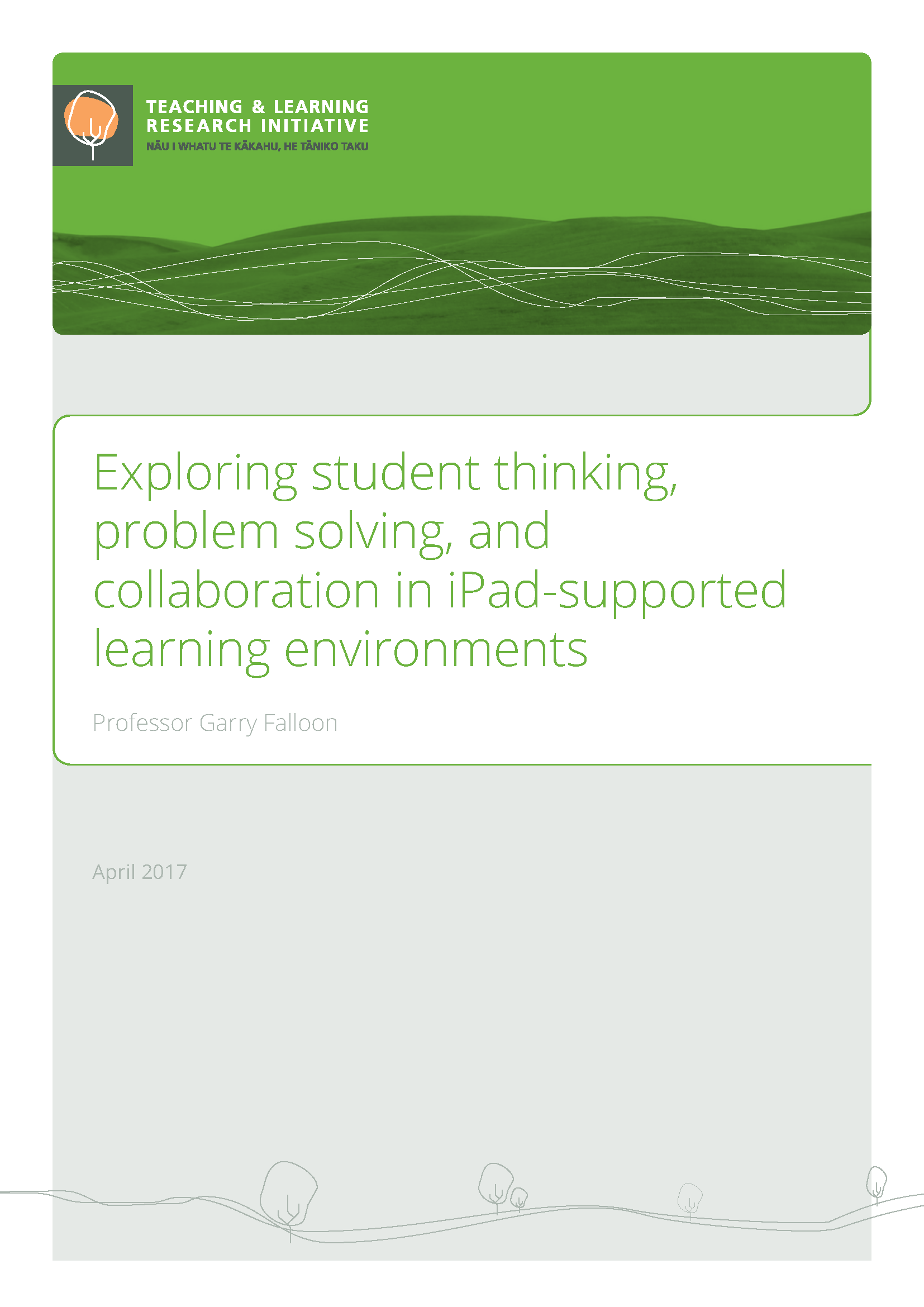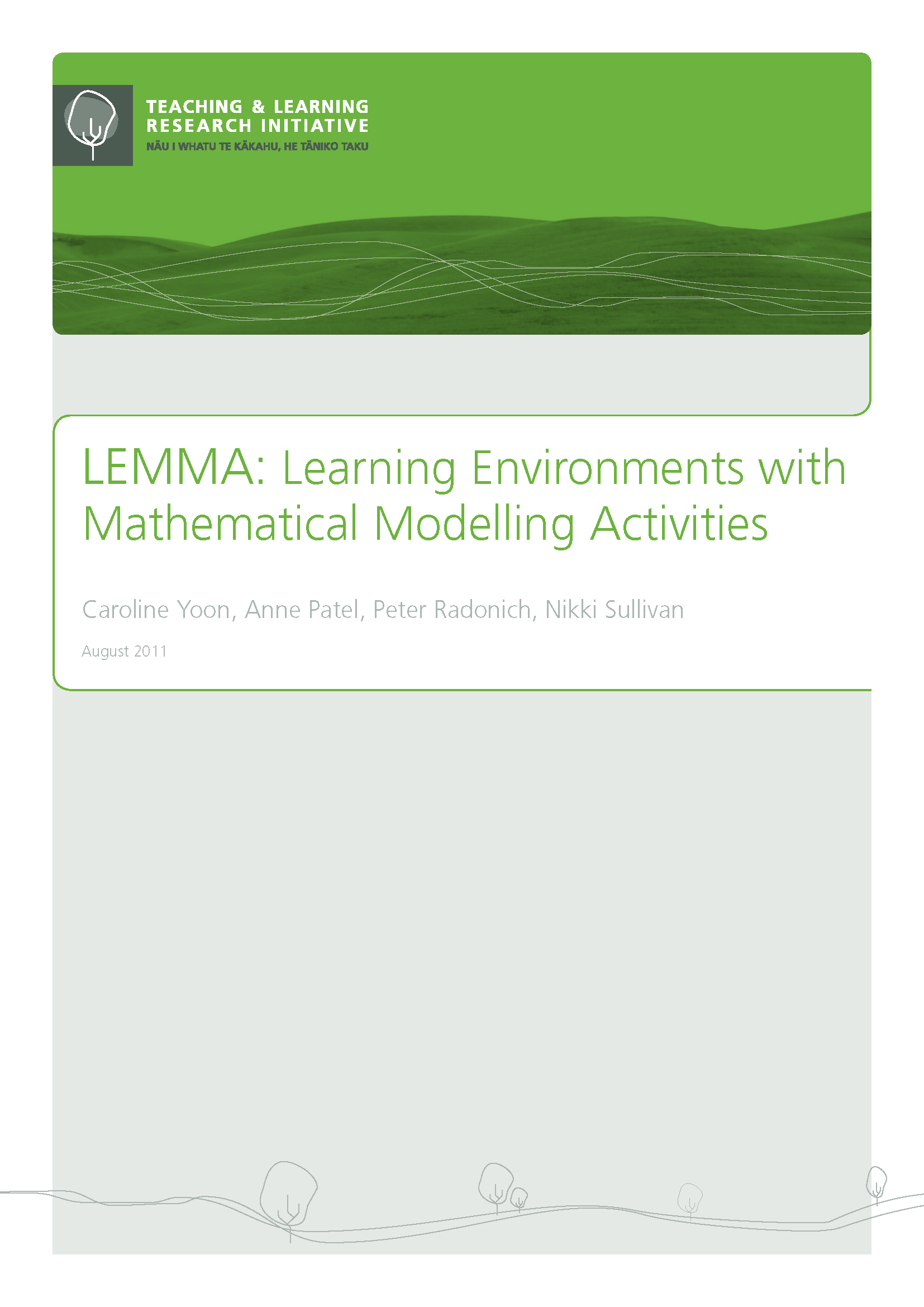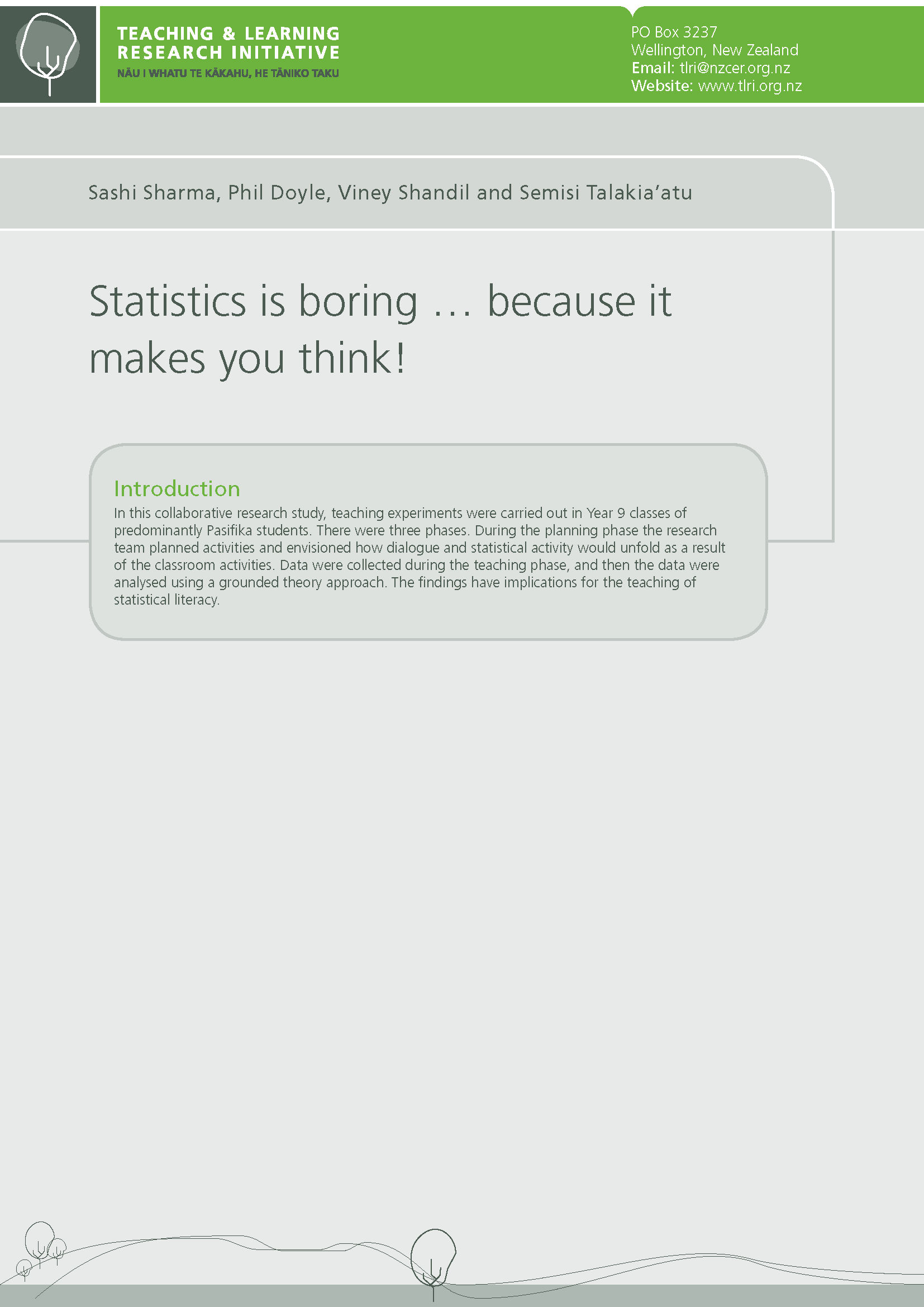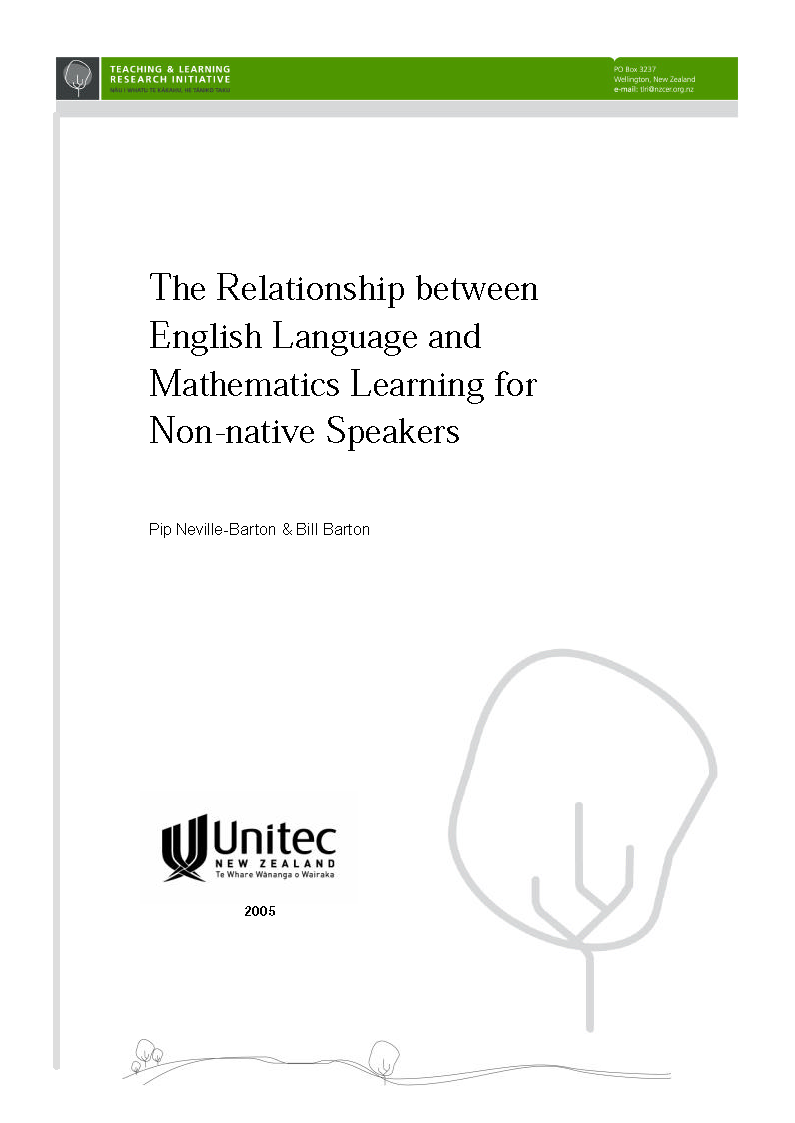
Exploring student thinking, problem solving and collaboration in iPad-supported learning environments
Introduction Despite successive waves of technological innovation being rapidly adopted by schools, teaching methods and curriculum designs have been slow to evolve in response to the affordances offered by an increasing array of digital devices (Cuban, 2017). This phenomenon is not new, with articles dating back to the early 1980s when digital devices were beginning to appear in our classrooms, commenting that educational computing is following the well-trodden path of other “educational innovations (which) seem doomed to follow a cycle of unrealistic expectations, followed by disappointment, disillusionment, and abandonment” (Maddux, 1986, p. 27). Maddux (1986) terms this the “pendulum syndrome” (p. 27), that centres on education’s susceptibility to “fad and fashion




